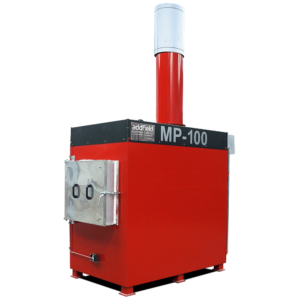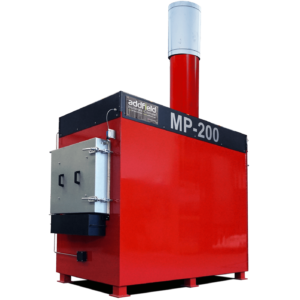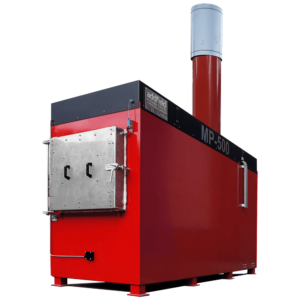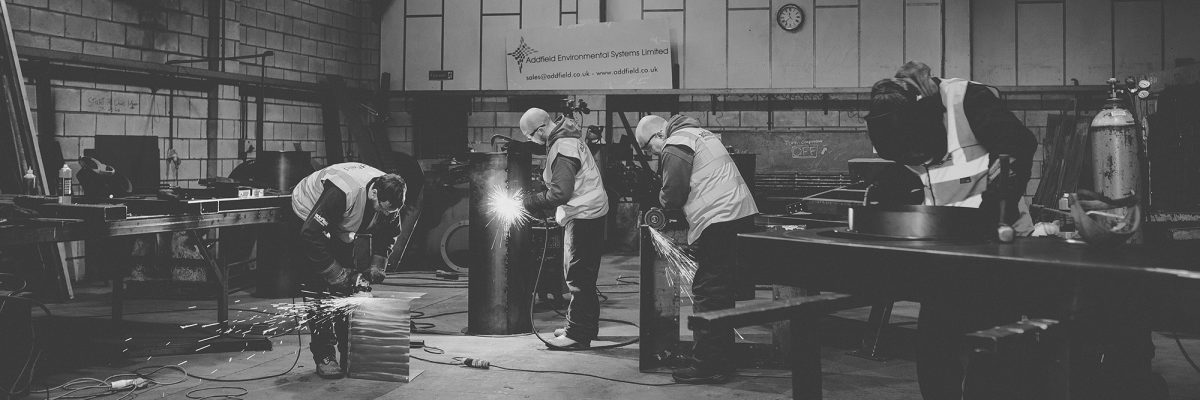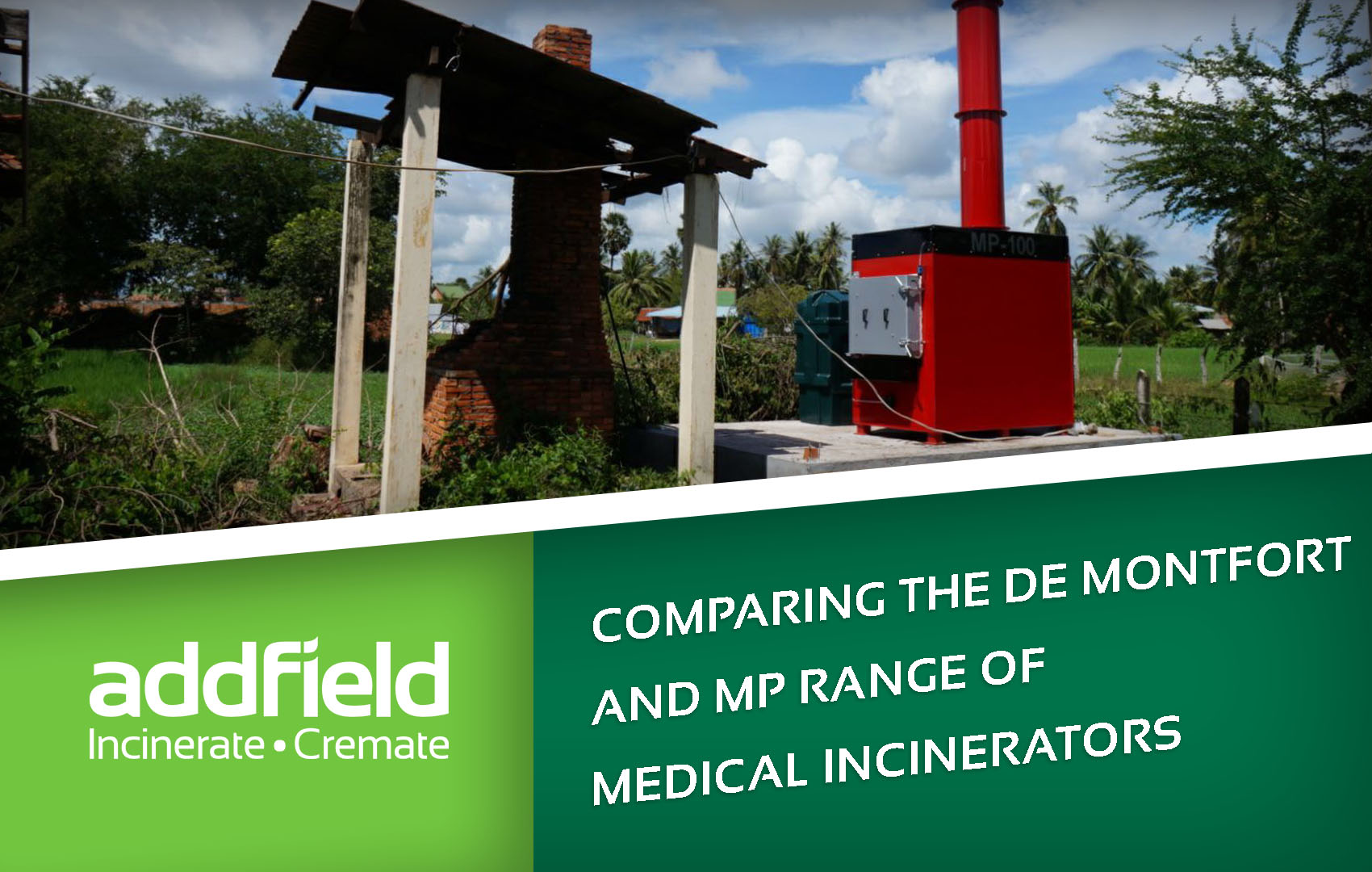
10/05/21
De Montfort Medical Waste Incinerator Vs Addfield MP Medical Incinerator.
Across many developing countries we have found that options for disposing of hazardous medical waste has in the past been rather limited. In the worst situations, we have discovered hospital waste including medicines and syringes simply discarded on open ground, often shared with grazing animals or burned in open fire pits. When incinerators have been present, we often find a version of the very accessible De Montfort Medical Waste Incinerator onsite which is making a valiant effort. However, for a genuinely safe, environmental and reliable solution we have regularly provided our MP range of incinerators to replace all of these options to deliver a much more sustainable solution.
For years we have worked with international aid agencies including, MSF, UNICEF, WHO, NATO and others to supply a range of reliable medical incinerators. In doing so we have helped to develop many sustainable infrastructures for the future.
The De Montfort Medical Waste Incinerator is a fantastic solution for developing regions to establish a basic disposal system that is more controlled the open dumping or burning. However, it is still not the ideal solution. We have been asked many times to break down the difference between a De Montfort incinerator Mark 9 and the most widely selected Addfield medical solution the MP.
As such let us investigate the two and compare the similarities and differences between them. This list is in no way exhaustive and we would advise you to complete your own research into which solution is the right one for your requirements. However, we have tried to be unbiased in our comparison so that you can comfortably use this as part of your research.

What is the difference between a De Montfort Incinerator and an Addfield MP?
The De Montfort Medical Waste Incinerator
Designed by Professor D.J. Picken a De Montfort professor in 1996 and funded by the DeMontfort University and British Government. A Do-It-Yourself approach to incineration created to meet the need for cheap but effective incinerators that are easy to build in developing countries. It is estimated that there are over 1000 DeMontfort Incinerators across Africa, Asia and East Europe. Developed to reduce waste dressings, plastics and organic matter to ash as well as sterilising hypodermic needles.
The Addfield MP Medical Incinerator Range
The MP range was created to offer the best solution to safely destroy medical waste and help international aid agencies fight deadly diseases. Hundreds of MP machines are in operation globally. Predominantly installed in developing countries, including across Africa, Pakistan and Asia.
The MP range is built to offer a safe and environmentally sustainable solution for disposing of all forms of hazardous, pharmaceutical and medical waste in hospitals, laboratories and aid agencies worldwide.
What are your options?
Incinerator Range
De Montfort Medical Incinerators
- 3 models available – Mark 7, Mark 8a and Mark 9.
- Average lifespan of 6 months to 5 years.
- 12-50kg/h capacity.
- Cheap to produce, easy to manufacture onsite.
- Suitable for hospitals up to 300 beds max.
Addfield MP Range
- 5 options in the range MP100 – MP500.
- Average Lifespan up to 20 years.
- 50kg/h capacity.
- Construction in the UK to order.
- Suitable for hospitals up to 1000 beds max.

Construction Comparisons
The biggest differences between the two ranges clearly comes down to the construction so let’s consider the two approaches:
De Montfort
- Built by hand and with materials locally sourced or pre-built at a nearby manufacturing base.
- Consists of a basic primary and secondary chamber for gas combustion manually operated.
- Two doors, one to light the fire, remove ash and let in the air with a second top-loading door above.
- Assembled by a qualified builder requiring correct bricklaying and steel fabrication skills for construction.
- Requires knowledgeable contractor sourcing the correct materials, such as proper refractory bricks, mortar and mild steel that can withstand temperatures up to 1000 degrees celsius.
- Built to be airtight to prevent smoke and gases from escaping.
- Cannot be built close to occupied buildings or hospital wards.
- Takes roughly between 5 hours and 6 days to build onsite dependant on resources and incinerator size.
Addfield MP Range
- Built in Great Britain by qualified engineers.
- Consists of optimised primary and secondary chambers controlled by automated systems.
- A secondary chamber is built to purposefully remove all smoke and odours.
- Uses high-grade materials throughout including heavily insulated refractory lining and top quality pre-fabricated robust mild steel.
- Made to order to build the machine to the exact customer specifications.
- Uses Premium steel fabrication, multi-layered refractory and underfloor ‘hot hearth’ heating to ensure all waste is incinerated at safe temperatures.
- Protected from the elements by a specially designed two-pack, high-grade paint system.
- Can be situated close to buildings and hospital wards.
- Automatic temperature controlled on-off ignition burners complete with internal combustion air fans.
- Fully insulated with a tight seal fibre insulation for thermal efficiency.
- Carefully delivered to site with little assembly and with qualified engineers available to ensure the machine is ready to use and working perfectly.
Operation Comparisons
Both solutions aim to dispose of waste to the best of their abilities through incineration. However, it is through the daily practical operation that some of the greatest differences can be found.
De Montfort
- A fire is lit in the primary chamber using dry non-toxic materials (firewood, coconut shells) before adding small amounts of fuel (kerosene/diesel) at regular intervals to start the burn cycle and get it to optimal loading temperature.
- Takes boxes of separated waste (sharps) alongside small bagged waste (red & yellow) at intervals of 8-10 minutes to ensure complete burn.
- Temperature fluctuates between 600-900 degrees C.
- Cannot burn wet waste (fluid bags, vials, broken thermometers).
- Burning must be manually timed and maintained throughout the cycle to avoid producing toxic emissions.
- Primary chamber must be kept full in order to keep a steady temperature.
- Fully hands on process which requires checking the flames by eye, feeding waste every ten minutes, poking out blockages to keep the flame going.
- Large flames can burst from the chamber when the door is opened to load as well as harmful gases leaking from the air holes throughout so requires utmost safety to operate.
- Can only be operated during select times throughout the day due to pollution risks.
- Requiring continuous maintenance, often prone to corrosion and needing daily checks for outer cracks and weather damage.
Addfield MP Range
- Externally controlled with touch screen panel and electrically powered automated fans and burners for easy operation and monitoring.
- One manual opening, securely locking front-facing door with a wide opening for loading and de-ashing.
- Fully automated pre-heat, burn and cool-down cycles with adaptable cycle times dependant on waste type and load size.
- Maintains a consistent temperature of 850ºC in the primary chamber and 1100ºC in the secondary chamber.
- Can burn wet waste due to hot hearth underfloor heating.
- Easy loading with help of an optional hydraulic lift table for large amounts of heavy waste.
- Can be safely loaded multiple times during the burn cycle.
- Runs on a fully integrated diesel or petrol fuel system that feeds the burners.
- Easy to maintain with annual servicing.
Pros and Cons Comparisons
Finally let us just take a moment and review the general pros and cons of each range when it comes to providing clean, safe and environmentally sustainable medical waste disposal.
DeMontfort
● Pros:
- Cheap to build.
- Uses little fuel to burn.
- Can be custom built in almost any location.
- Regular modifications are released to improve on overall function, burn rate and safety.
- University tests and results on the incinerator are free to access on their website.
- Designed with developing countries in mind.
● Cons:
- Requires specialist knowledge to build to the right specifications.
- Requires access to multiple specialist materials and tools to build.
- If built incorrectly, it can cause faults that reduce the lifespan of the incinerator.
- Can be unsafe to operate even with the right protective equipment.
- Poor emissions control releasing smoke and odours make it unsafe for the environment and narrows down possibilities for site placements.
- Has a small load capacity and burn rate.
- Short lifespan of only 5 years max.
- Can only be operated at certain times of the day due to pollution emissions.
Addfield MP Range
● Pros:
- Very high standards for, build, performance and ongoing support.
- No smoke or odours and easily contained makes it safer for the environment.
- Up to 20 years life span.
- Custom built to order to fit the needs of the customer.
- Easy to use and safe
rto operate. - Comes assembled.
- Meets incineration requirements by most governing bodies.
- Can be operated at any time of the day.
● Cons:
- Higher costs involved for purchasing, delivery and commission.
- Requires expert maintenance once a year.
As you can see the two ranges of machines are very different to each other. They are both designed to dispose of waste which they both do to an extent. At Addfield we would always recommend the MP range of any of the De Montfort Medical waste incinerators as from experience these are the machines that we have been replacing. Where nothing better is available the De Montfort is a sound addition for the short term however we believe that only an MP will deliver clean, reliable and safe results.
If you would like to learn more about our Medical Incinerators you can review the range here. https://addfield.com/machine-categories/medical-incinerators/
If you would like to learn more about some of our installations you can read our case studies here – https://addfield.com/case-studies/
If you would like to learn more about different types of medical waste we have published several articles which you can find here. – https://addfield.com/blog/
To learn more about the De Montfort Medical Incinerator you can visit their website here – https://mw-incinerator.info/ and here – https://www.engineeringforchange.org/solutions/product/de-montfort-medical-waste-incinerator/
- British Designed.
British Built. - World leaders in
incineration technology. - Unrivalled build quality
& machine longevity. - Distributed to more
than 150 countries. - Environmentally
Responsible. - Trusted partner, over
40 years experience.
